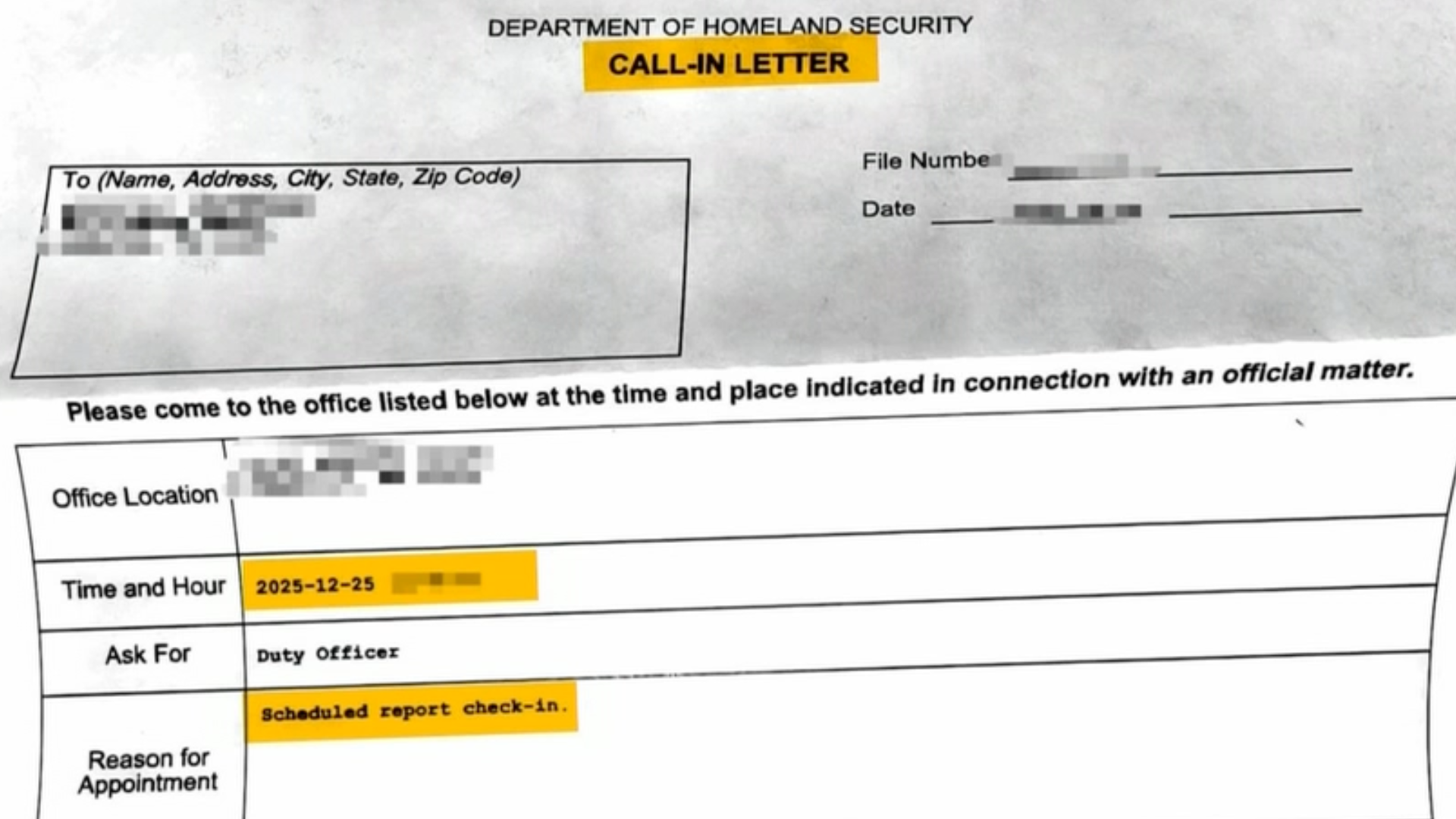The American Academy of Pediatrics released findings that show prolonged exposure to loud noises could cause permanent hearing damage even among infants and toddlers.
The report and AAP's updated policy was published in the journal Pediatrics on Saturday.
One of the AAP's top concerns is that children are experiencing long-term hearing loss on personal devices. The group said personal devices are one of the most prevalent forms of noise exposure, their research shows.
“When using a personal listening device, a child should be able to hear when spoken to and should take breaks from the device,” said Dr. Brian K. Reilly, co-author of the policy statement. “The American Academy of Pediatrics also advises caregivers to avoid bringing young children to excessively noisy venues, such as concerts, sporting events, or fireworks displays. If they do attend these types of events, children should be sure to use protective earmuffs, including on young infants.”

Could you soon give yourself or your child a flu vaccine?
A flu vaccine that does not require an injection could soon be approved for at-home use following an FDA review.
Generally, eight hours of exposure to decibel levels up to 85 is considered safe for adults, but the AAP said these levels may not be as safe for children. Their research found that 60% of adolescents and young adults exceed the maximum daily noise dose recommended.
The AAP said that if an environment is too loud for an adult, it's too loud for a child.
“Children have smaller ear canals than adults, which intensifies higher frequency sounds," said Dr. Sophie J. Balk, past chair of the Council on Environmental Health and Climate Change. "And the concern is not only with volume, but how long and how often children are exposed to noise. Common everyday noises, like road traffic or a television playing in the background, can also disrupt sleep, learning and quality of life. It’s very important to prevent harmful noise exposures starting early in a child’s life.”
The AAP issued a recommendation to pediatricians to provide information about noise and tips for preventing excessive exposure during patient well visits.










